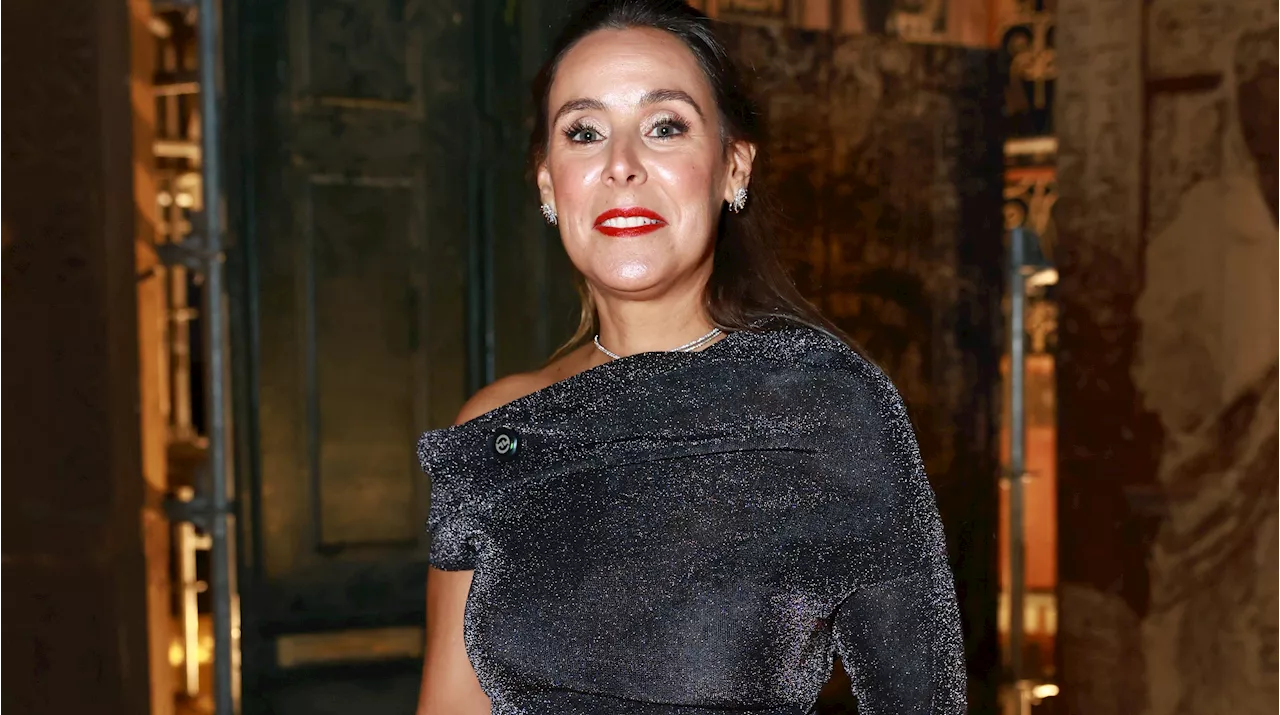Nadine Abdel Ghaffar, founder of Art D’Égypte, has revolutionized the way contemporary art interacts with history by staging exhibitions at the Pyramids of Giza. In a remarkable achievement, she became the first curator to mount a contemporary art exhibition at this UNESCO World Heritage site in 2021. With her latest exhibition, Forever Is Now, now in its fifth edition and running until December 6, 2023, the Giza plateau has transformed into a prominent open-air gallery, attracting global artists, fashion houses, and collectors.
Abdel Ghaffar’s journey was not without challenges. She navigated through government regulations and overcame skepticism from archeologists to demonstrate that modern art could honor, rather than detract from, the historical significance of the Pyramids. This year’s exhibition features ten international artists, including the renowned Michelangelo Pistoletto, whose installation, Third Paradise, symbolizes a career milestone for the 92-year-old artist. This piece, a mirrored obelisk surrounded by blocks tracing the mathematical symbol for infinity, has been showcased in 60 countries, yet Pistoletto regards the Pyramids as its most meaningful backdrop. He stated, “The pyramids are the base, the origin of our whole story. They represent the human being’s desire for survival in terms of immortality.”
The exhibition also includes works from Portuguese street artist Vhils, who presents Doors of Cairo—an assembly of doors collected from across the city that encapsulate collective history. Additionally, Lebanese architect Nadim Karam contributes sculptures titled Desert Flowers, crafted from reclaimed materials, symbolizing resilience and beauty. The opening event drew notable figures such as designer Angela Missoni and Turkish actress Esra Bilgiç, highlighting the cultural significance of the event.
Abdel Ghaffar emphasized that her approach is unconventional. “We don’t have contemporary art in Egypt, and we don’t have public art spaces. I aimed to showcase the transcendence we share with our past, as many contemporary Egyptian artists draw inspiration from ancient Egypt in various ways,” she remarked in an interview with WWD.
In December 2022, Abdel Ghaffar facilitated a landmark collaboration between Art D’Égypte and Dior, bringing the luxury brand’s men’s show to the Pyramids. This collaboration was initiated when Dior’s CEO, Pietro Beccari, attended the first Forever Is Now exhibition in 2021. “The experience really touched my heart,” she reflected. “I’m not from the fashion world, but when I met Maria Grazia and Kim Jones and observed their commitment to cultural authenticity, I gained immense respect for the project. It took two years of hard work.”
This prestigious event, featuring celebrities such as Naomi Campbell and Robert Pattinson among the 800 attendees, marked a significant shift in how luxury brands perceive Egypt as a cultural destination. “It is a big step for the government to authorize Art D’Égypte and Dior to organize events at the foot of the pyramids,” Abdel Ghaffar stated. “Promoting the country’s culture must be a priority.”
The Grand Egyptian Museum opened earlier this month, just two kilometers from the Pyramids, showcasing over 100,000 artifacts, many of which have never been exhibited before. This opening coincides with a cultural renaissance that Abdel Ghaffar has been nurturing since 2016, starting at Cairo’s Egyptian Museum and expanding to historic sites throughout the city.
Her upbringing in Alexandria, surrounded by artists, archeologists, and intellectuals, shaped her vision for Art D’Égypte. Before founding the organization, she managed portfolios for prominent Egyptian artistic families and collaborated with prestigious auction houses such as Christie’s and Sotheby’s from her Cairo base.
What truly sets Abdel Ghaffar apart is her belief in treating art as social infrastructure. Her initiatives include a guide program that trains local youth, providing them with paid honorariums and UNESCO-endorsed certificates. Moreover, her openings are designed to be inclusive, welcoming the public before VIP guests. “You see a minister, and you see the guy from the shop next door, and you see the little kid wandering behind barefoot,” she described. “We don’t create any segregation. It is really public art.”
Her influence extends beyond Egypt through CulturVator, her consultancy based in Dubai, which collaborates across Saudi Arabia, the UAE, and Greece. As luxury brands seek to establish cultural credibility, she envisions deeper partnerships in the fashion industry. “We’re open,” Abdel Ghaffar affirmed. “People still talk about that Dior show. Art can change the world. It creates a space where people come together as humans, regardless of their background or beliefs.”
Through her groundbreaking efforts, Nadine Abdel Ghaffar continues to build a cultural bridge between Egypt’s ancient history and contemporary artistic expression, solidifying her role as a pivotal figure in the global art landscape.
